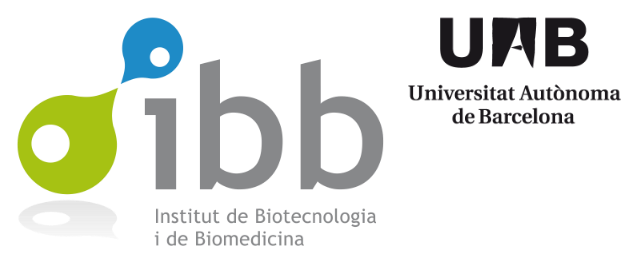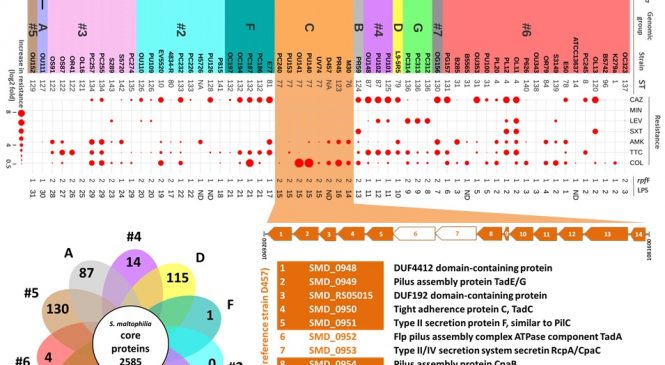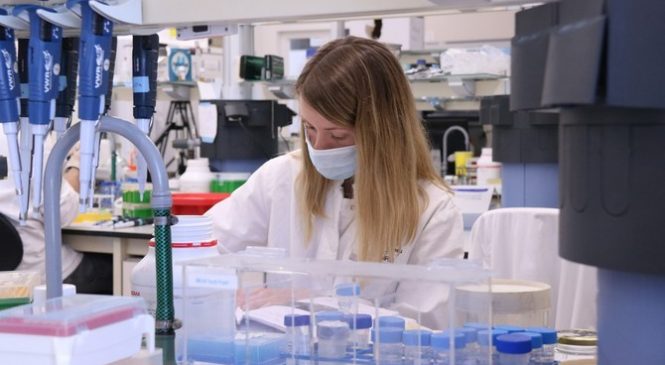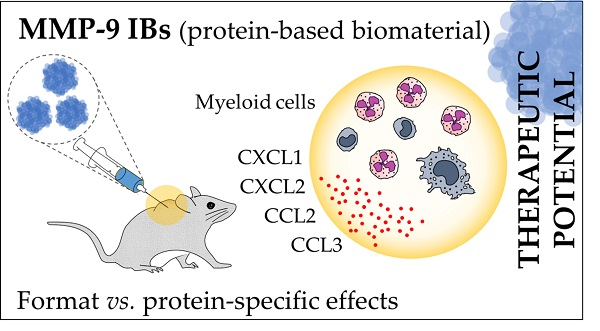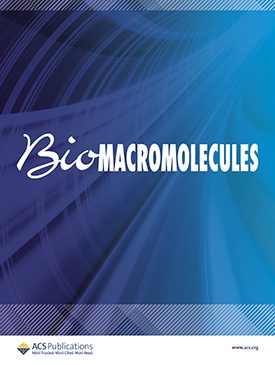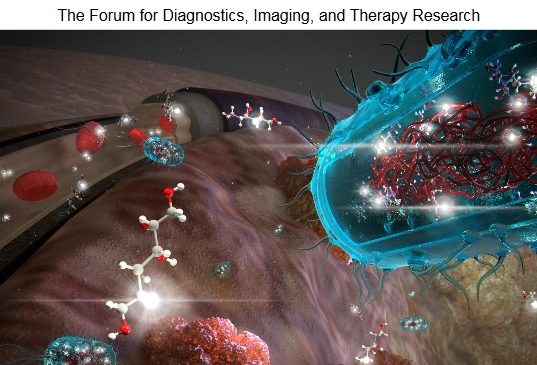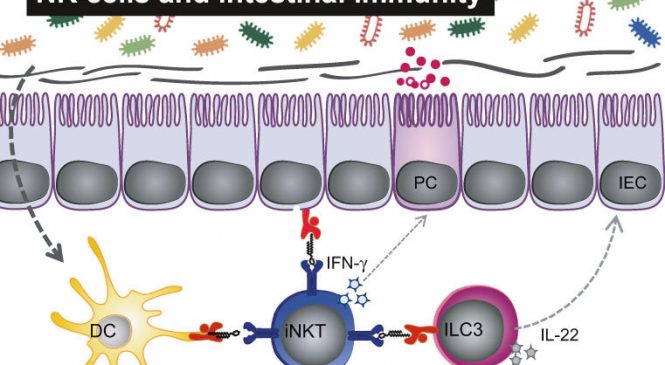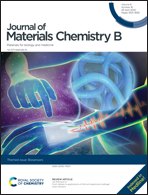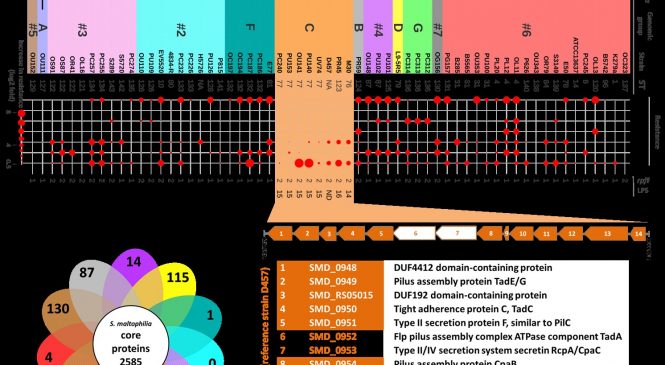
Bacterial Molecular Genetics & Computational Biology: “Genetic Variants of the DSF Quorum Sensing System in Stenotrophomonas maltophilia Influence Virulence and Resistance Phenotypes Among Genotypically Diverse Clinical Isolates”
Aquest mes la revista Frontiers in Microbiology ha publicat el treball "Genetic Variants of the DSF Quorum Sensing System in Stenotrophomonas maltophilia Influence Virulence and Resistance Phenotypes Among Genotypically Diverse Clinical Isolates" desenvolupat pels grups de Genètica Molecular i Patogènesi Bacteriana i de Biologia Computacional de l'IBB en col·laboració amb altres grups de recerca.
Aquest estudi estableix un vincle entre el sistema de detecció del quòrum i els fenotips de virulència i resistència a Stenotrophomonas maltophilia, i identifica clons potencials d’alt risc que circulen per hospitals europeus. Concretament s'ha identificat un grup clonal de soques aïllades de diferents entorns hospitalaris i de diferents regions geogràfiques que mostren una elevada capacitat per
